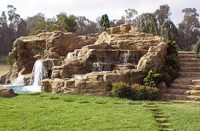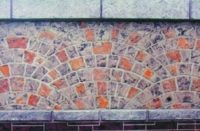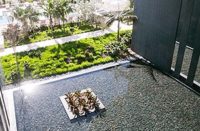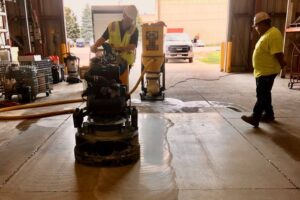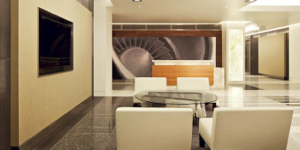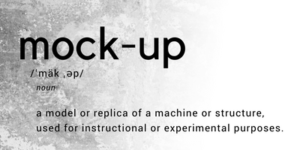Welcome to the exciting world of vertical concrete artistry! In this series, we’ll explore in great detail the process of completing a real-world project from start to finish. Along the way, we’ll discuss materials and techniques for framing, carving and painting the project.
To truly start at the beginning, most jobs begin with a referral, consultation and bid. At this stage in the process, you may have the opportunity to set yourself apart from the competition by really designing something special. Once you have that vision in mind, it’s important to communicate it to your client effectively.
There are several ways to go about this. If the project is small, a verbal description may suffice. More often you’ll provide the client with a drawing to show more clearly what you propose.
For larger projects, or to really set yourself apart from the crowd, consider constructing a miniature 3-D model of the project to present to your clients. It’ll give them a clearer view of what you propose to build.
Constructing the model is nowhere near as difficult or time-consuming as it seems. If it makes the difference in your presentation, it’s more than worth the effort.
To begin, we start with foam (EPS density 1 pound per square foot is the easiest to sculpt). It’s easy to get various textures with hot knives and rasps while keeping the model lightweight. Consider carefully what scale you choose for your model. It should be large enough to give your client a good impression of what you’re proposing. The rock structure is then carved to scale. Features can be added using Elmer’s glue and toothpicks to hold the pieces in place until the glue dries.
For more videos and photos, check out 25_studios on Instagram and Joshuajamesartistry on YouTube.
In our next installment, we’ll tackle applying engineered rebar and shotcrete .
Disclaimer: The statements and opinions expressed in this blog post are those of the author or authors and do not necessarily reflect the position or opinion of Concrete Decor magazine.
